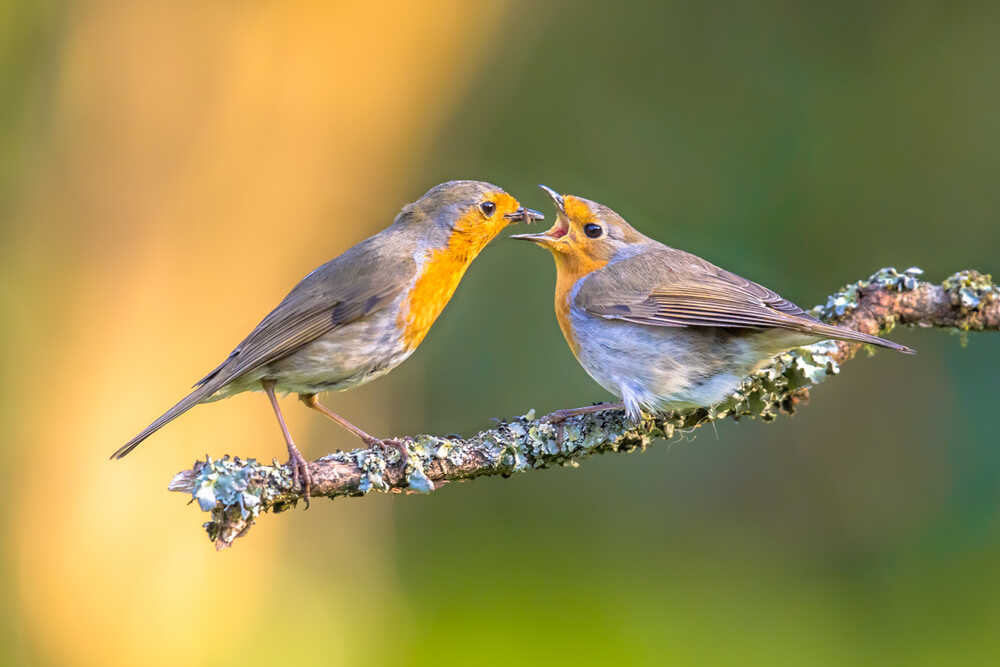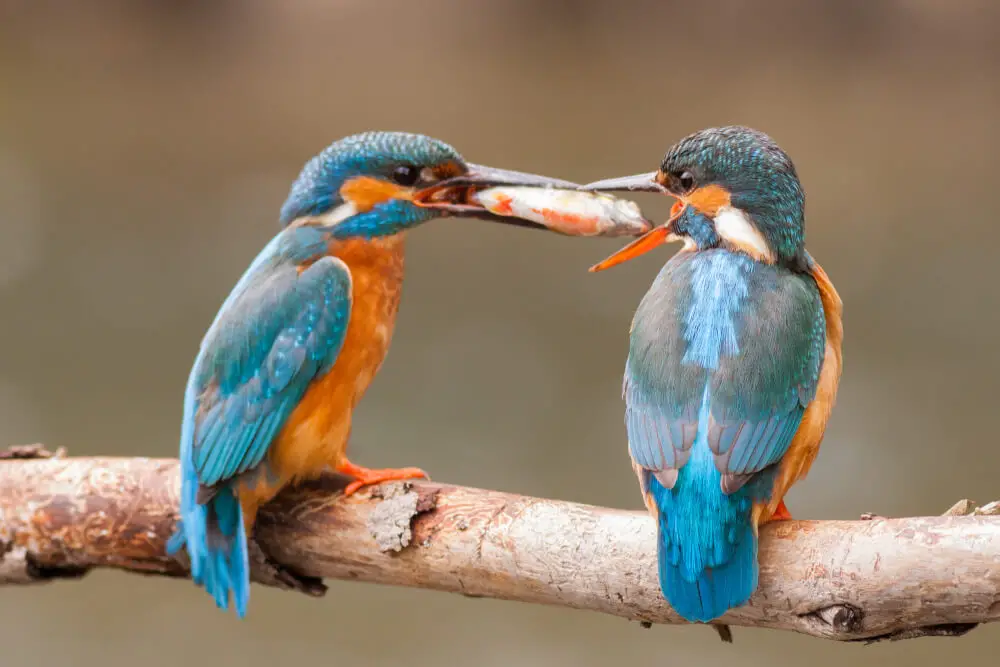Lots of our favourite garden birds have suffered a decline in population in recent years, often due to changes in farming methods, pesticides, and climate change.
I know that some birds have more than one brood during each mating season to try and counteract the problem; you might be surprised to discover just how many species do.
Passerines, the small perching songbirds that frequent our gardens, are most likely to have more than one brood each breeding season.
Their gestation and incubation period is short, and most young fledge the nest within 2-3 weeks. It allows the parents to raise a further brood while conditions are suitable and food is abundant.
As a general rule of thumb, large birds, including birds of prey, only have 1 brood as it takes such a long time to rear and train the chicks.
Do all songbirds have more than one brood?

Not all garden birds have more than one brood; several members of the tit family only attempt to raise one. Blue, coal, great, and long-tailed tits have one family; however, it is common for blue tits to have a clutch of as many as a dozen eggs at a time!
The chaffinch is another bird that only has one brood; the female lays 1-4 eggs that fledge the nest within 13 days, giving her plenty of free time to plan for the best breeding season.
However, this isn’t written in stone; should a nest fail early enough in the season, both finches and tits might attempt a second. Predation, limited food availability, and poor weather conditions are the biggest cause of failed nests.
Table of Contents
Birds that have more than one brood
Blackbird
Blackbirds commonly have 2-3 clutches each year; if conditions are favourable, they may attempt a fourth. However, if June is unseasonably hot, it may curtail the number of broods; the most recent one might die of starvation.
Robin
Robins typically have 2 broods each year and may attempt a third if the climate allows. Later clutches mean that nestlings are still around in late July when most other species have already fledged.
Wren
Wrens raise 2-broods each year, each clutch comprising of 5-8 white and brown eggs. Wrens are particularly efficient breeders and rebuild dwindling populations quickly.

Kingfisher
The kingfisher has 2-3 broods in quick succession of each other, usually making use of the existing nest to save time. They lay 6 or 7 eggs, so if each couple produces 20 young each season, it is unsurprising that summer is the best time to spot a kingfisher close to slow-running water.
House sparrow
Sparrows regularly have 2-3 broods and sometimes attempt a fourth. It is hard work for the female, she lays between 2 and 5 eggs, one each day. To speed things up, unlike other species who wait until the entire clutch is laid, male and female sparrows incubate the eggs before the last is born.
Starling
The starling rarely has more than 2 broods per year, each with 4-7 eggs in them. The male is very busy as he may impregnate several females in the same season, he’s polygamous. He helps to feed all of the chicks, so does pull his weight.
Song thrush
Song thrushes have long breeding seasons from March to August, which is why they manage up to 3 broods. The female lays 4-5 eggs, easily recognisable as they’re dark-spotted and blue.
Wood pigeon
The wood pigeon lays 2-eggs, 2-3 times per breeding season. Unusually, both the male and female incubate them and then feed the chicks on the rich milk they produce.
Magpie
Magpies have 1 or 2 broods each mating season, usually containing 3-5 eggs. Interestingly, their clutches are larger in woodland nests than those in gardens.
Are broods and clutches the same thing?
The definition of a clutch is a group of eggs laid at any one time.
Hatched eggs are called a brood, a family of birds produced at one hatching.
Just as all bird species vary, so do broods.
Birds with long care periods, such as birds of prey, albatross’, and penguins, tend to lay fewer eggs and only once per season.
Game and precocial birds – those born with down and open eyes, such as ducks, coots, and quails – have larger broods than most passerines and usually multiple times per year.
Final thoughts
Many of our favourite birds have more than one brood; some have as many as four each season. This makes me happy as it helps to sustain their populations.
Remember, don’t be too eager to take bird boxes down for cleaning, the parents may re-use them once the previous chicks have fledged.

Do magpies build nests? Or do they hatch as squabs? Do they mimic parents or radio ?